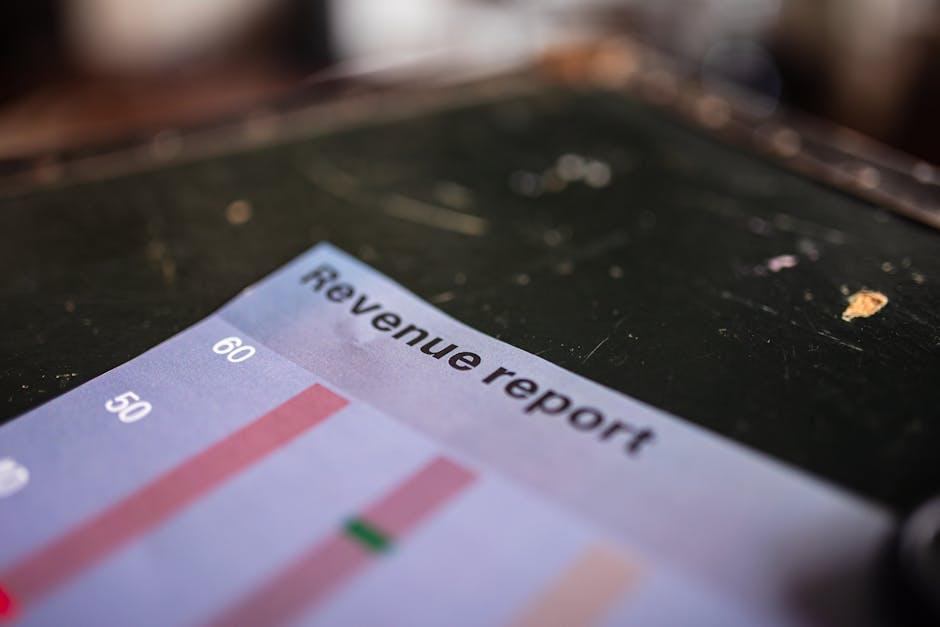



In the ever-evolving landscape of digital marketing, staying attuned to search engine updates is crucial for content creators and website owners alike. One of the latest revelations from Google sheds light on an essential aspect of image search optimization: the importance of maintaining a consistent URL for the same image across multiple pages. as online content becomes increasingly visual, understanding how to effectively optimize images can substantially enhance yoru site’s visibility and user experiance.In this article, we delve into what this new directive means for your image SEO strategy, why consistency in image URLs matters, and how you can leverage this insight to boost your website’s performance in search results. Whether you are a seasoned digital marketer or a budding entrepreneur,this guide will equip you with the best practices to navigate the intricate world of image optimization in alignment with google’s updated standards.
In recent adjustments to SEO strategies, it has become crucial to maintain uniformity in image URLs across various pages. This means that whenever the same image is used, it should be displayed from the same URL. Implementing this practice can significantly enhance your site’s SEO performance by helping Google index your images more efficiently. When multiple URLs lead to identical images, it dilutes your image’s ranking potential, making it harder for search engines to determine the most relevant image for a given search query. Consolidating image URLs not only streamlines site management but also boosts your overall authority in search results.
To effectively adopt this strategy, consider the following guidelines:
| Best Practices | Benefits |
|---|---|
| Use the Same URL | Improved SEO indexing |
| Implement Canonical Tags | prevents duplicate content issues |
| optimize Images | Faster loading times |

Utilizing the same image URL across multiple pages offers a myriad of advantages that can significantly enhance your website’s SEO performance and user experience. Consistency in image URLs helps search engines understand that the image is the same, irrespective of where it appears on your site. this practice can lead to a more cohesive site structure, improving crawl efficiency and enabling search engines to index your images more effectively. Consequently, you may notice an uptick in image visibility and a potential boost in overall traffic as your site becomes more discoverable.
moreover, implementing unified image URLs fosters a smoother user experience. When visitors encounter the same image on different pages, they are less likely to feel disoriented by discrepancies, allowing for a more seamless navigation experience.In addition, consolidating image URLs can contribute to faster load times since the same image file is loaded from cache, rather than being downloaded anew each time. Here are a few key points to consider:

To enhance your site’s SEO and streamline your image management, it’s essential to adopt a systematic approach to URL consistency for images across multiple pages. By using the same image URL for repeated images, you not only maximize the effectiveness of your SEO efforts but also improve user experience. This practice reduces the chance of duplicate content and helps search engines understand that various pages featuring the same image contribute to a cohesive narrative about the visual asset. Key strategies to implement include:
Additionally, consider creating a structured approach to your image metadata. utilize a table that outlines which images are used on various pages, assisting in tracking and management. Here’s a simple way to visualize this:
| Image Filename | Page URL | Usage Purpose |
|---|---|---|
| example-photo.jpg | yourwebsite.com/post-1 | Article Featured Image |
| example-photo.jpg | yourwebsite.com/post-2 | Supporting Visual in content |
| example-photo.jpg | yourwebsite.com/post-3 | Gallery Image |

In the ever-evolving landscape of SEO, understanding the nuances of image optimization has become essential for enhancing both visibility and user engagement. The recent google update emphasizes the importance of using a consistent image URL for the same image across multiple pages. This practice not only helps search engines index your images more effectively but also consolidates link equity, providing a better ranking advantage.when implementing this strategy, consider the following best practices:
Additionally, maintaining uniformity in image URLs fosters better content relevance, a critical factor for both users and search engines. By ensuring that all instances of an image link back to the same URL, you streamline the crawling and indexing process. This approach not only enhances discoverability but also cultivates trust with your audience. Consider employing a structured strategy for your images, laid out in the following table:
| Image Type | Use Case | Best Practice |
|---|---|---|
| Product Images | E-commerce Listings | Use a unique URL for each product across categories |
| Infographics | Blog Content | Link to the infographics’ original URL on all references |
| Visual Quotes | Social Media Posts | Share a single link for the same design across platforms |
In an era where digital landscapes evolve at breakneck speed, understanding the nuances of image SEO is paramount for digital marketers and webmasters alike. Google’s latest update,advocating for the use of consistent image URLs across multiple pages,not only streamlines search engine indexing but also enhances user experience. By centralizing image recognition, you’re fostering a coherent and more efficient web. As you adapt your strategies,remember that each image has the power to convey a story,and its consistent portrayal enhances your site’s narrative. embrace these best practices, and watch as your content not only stands out in search results but also resonates with audiences in a visually captivating way. Clear visuals lead to clearer messages; make sure your images tell the right story across your digital tapestry.